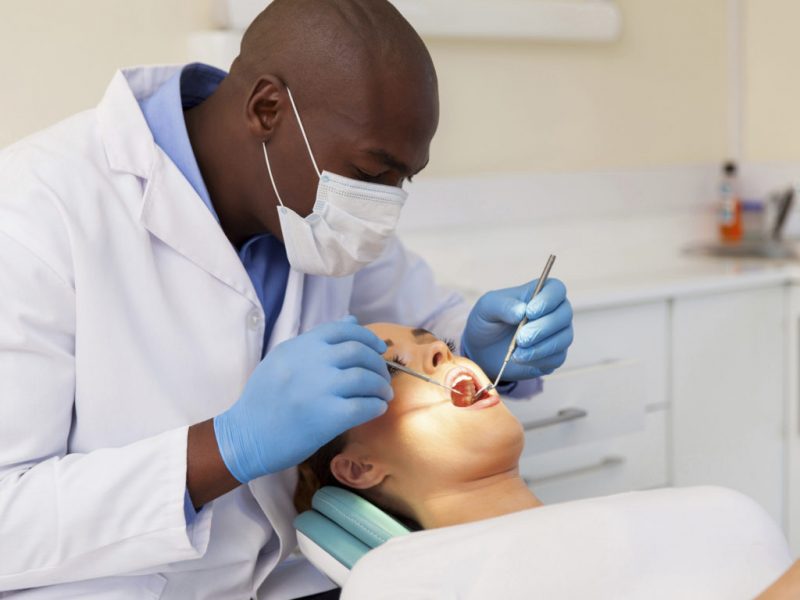Erectile dysfunction (impotence) is expressed as insufficient blood flow to the penis and it does not get hardness and volume enough for intimacy. 52% of men between the ages of 20 and 60 have experienced occasional lack of an erection and most of them usually need to seek immediate diagnosis and treatment from a urologist andrologist, not allowing self-medication or letting the situation go on its own.
Types and symptoms of erectile dysfunction
Any type of erectile dysfunction brings psychological discomfort to a man, forms a fear of sexual intercourse and, as a consequence, leads to a lack of initiative to enter into intimate relationships, ignoring hints from the partner and even talking about the subject. For a full active sexual life, it is important to stop any signs of erectile dysfunction in time and consult a specialist.
- Psychogenic type of dysfunction. It has a psychological nature. It arises as a result of psycho-emotional trauma, physical fatigue, stress, discord in the relationship with a partner, dwelling on past failures.
- The organic type of dysfunction. It has a physiological character: it develops gradually against the background of chronic diseases (spinal cord injuries, inflammatory processes, arterial and veno-occlusive disorders, hormonal reasons, etc.).
- Mixed type of dysfunction.
Treatment of erectile dysfunction
Only after consultation and diagnosis, the urologist will be able to choose an effective way to treat erectile dysfunction. Depending on the causes that affected sexual weakness, it may be medication, hardware or surgical ways of treatment.
The medical method
This involves the selection of an individual scheme of special drugs. You can buy medications here https://svensktapotek.net/kopa-kamagra/.

Hardware method
An additional measure that will help restore nerve conduction, blood flow, muscle reflexes:
- Magnetotherapy;
- Reflexotherapy (exposure to points in the groin and trunk of the penis);
- Ozone therapy;
- Shockwave therapy;
- Treatment of erectile dysfunction by single-channel electrical stimulation of the corpora cavernosa or laser vacuum therapy.
Surgical treatment
- Prosthetics, which involves placing hydraulic implants of variable hardness inside the corpora cavernosa to accurately maintain function at rest and in the erectile state.
- Ligation of the deep dorsal vein, which blocks the outflow of blood from the corpora cavernosa.
- Occlusion of the pelvic veins.



